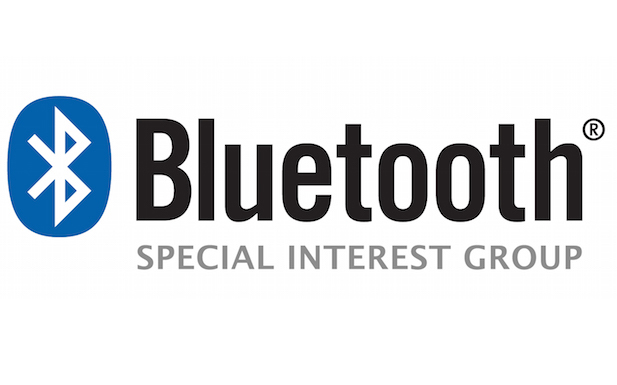Bluetooth 5 will help the technology become a firm part of the Internet of Things landscape, new research has claimed.
ABI Research said shipments of Bluetooth-enabled devices will increase by half a billion per year between now and 2021, when they will reach more than five billion.
The report said the technology will evolve beyond its traditional cable requirements and smartphones to help connect wider areas. By 2021, smartphones will account for 40 percent of Bluetooth shipments, which will amount to a 12 percent drop in volume share from 2015.
Andrew Zignani, Industry Analyst at ABI Research, said: “Bluetooth is evolving from a smartphone and personal area network solution to a scalable, low-power wireless networking technology. This development will unlock growth in beacons, home automation, building automation, lighting, and other smart city applications over the next decade and beyond.”
Scale will come from the likes of mobile accessories, including wireless headphones, as well as connected speakers, remote controls, smart televisions and game consoles. ABI predicted accessories will capture 13 percent of Bluetooth device shipments by 2021.
ABI highlighted beacons as the biggest opportunity for growth, predicting them to be the third largest market for Bluetooth by 2021. Researchers said “significant” growth will also come from smart home devices, although it will be a slow burner.
Zignani added: “As we move forward, Bluetooth will gain market share at the expense of low data rate technologies, like Thread, ZigBee, and Z-Wave, and power hungry technologies like Wi-Fi. While the ubiquitous presence of Bluetooth in smartphones is critical in the short to medium term, mesh networking and other new features will help Bluetooth take advantage of new opportunities across the IoT in the years ahead.”
Bluetooth announced details of the latest specification of its technology last month, with launch expected by the end of this year or early 2017.




